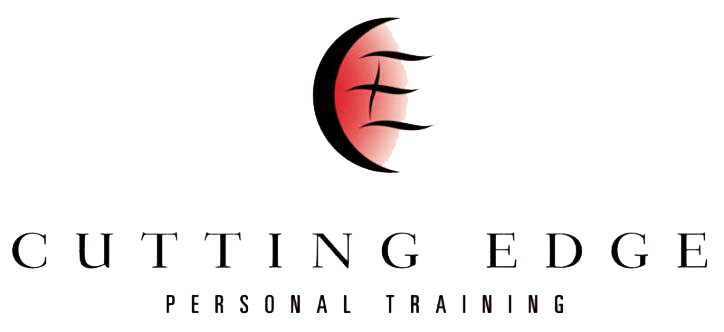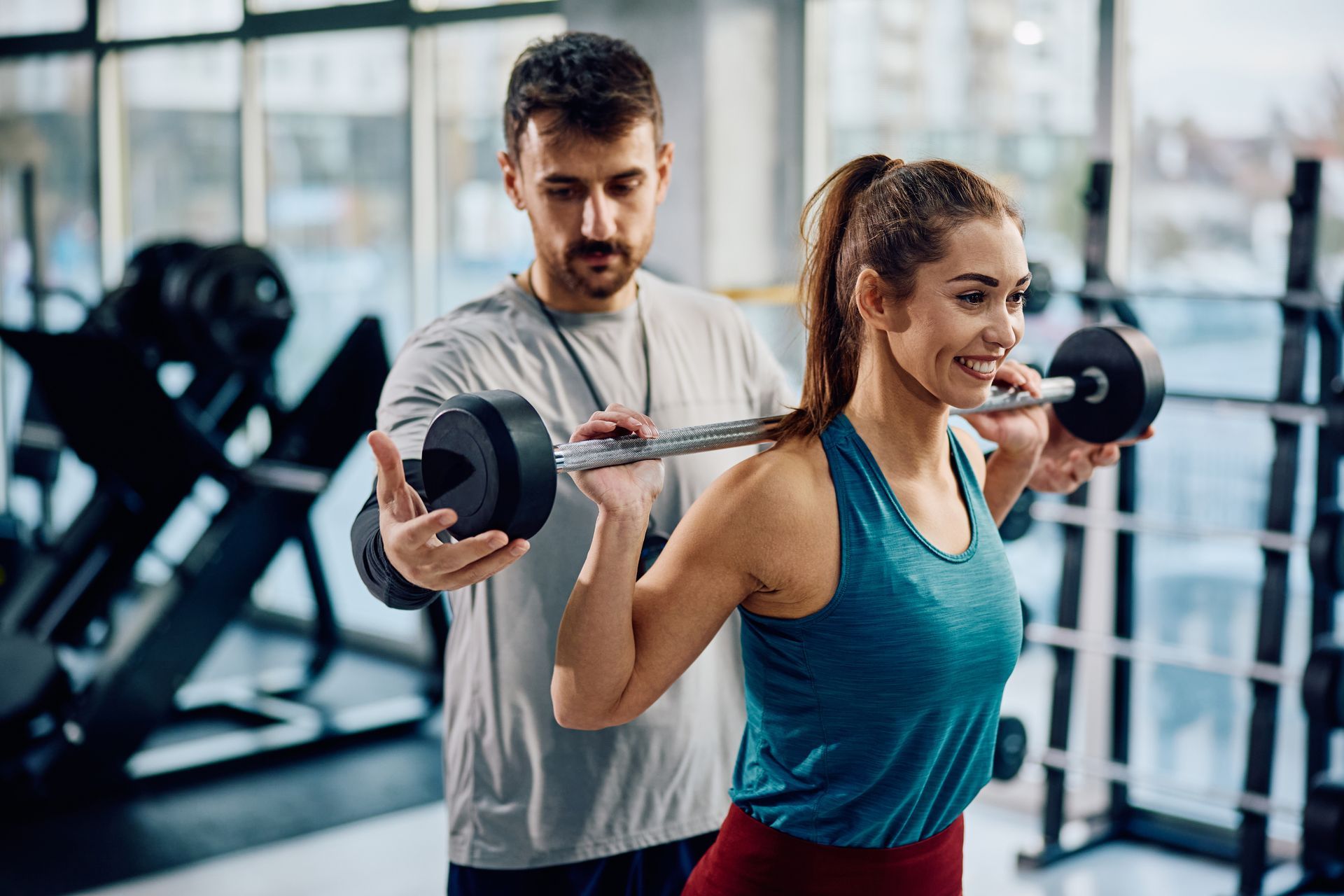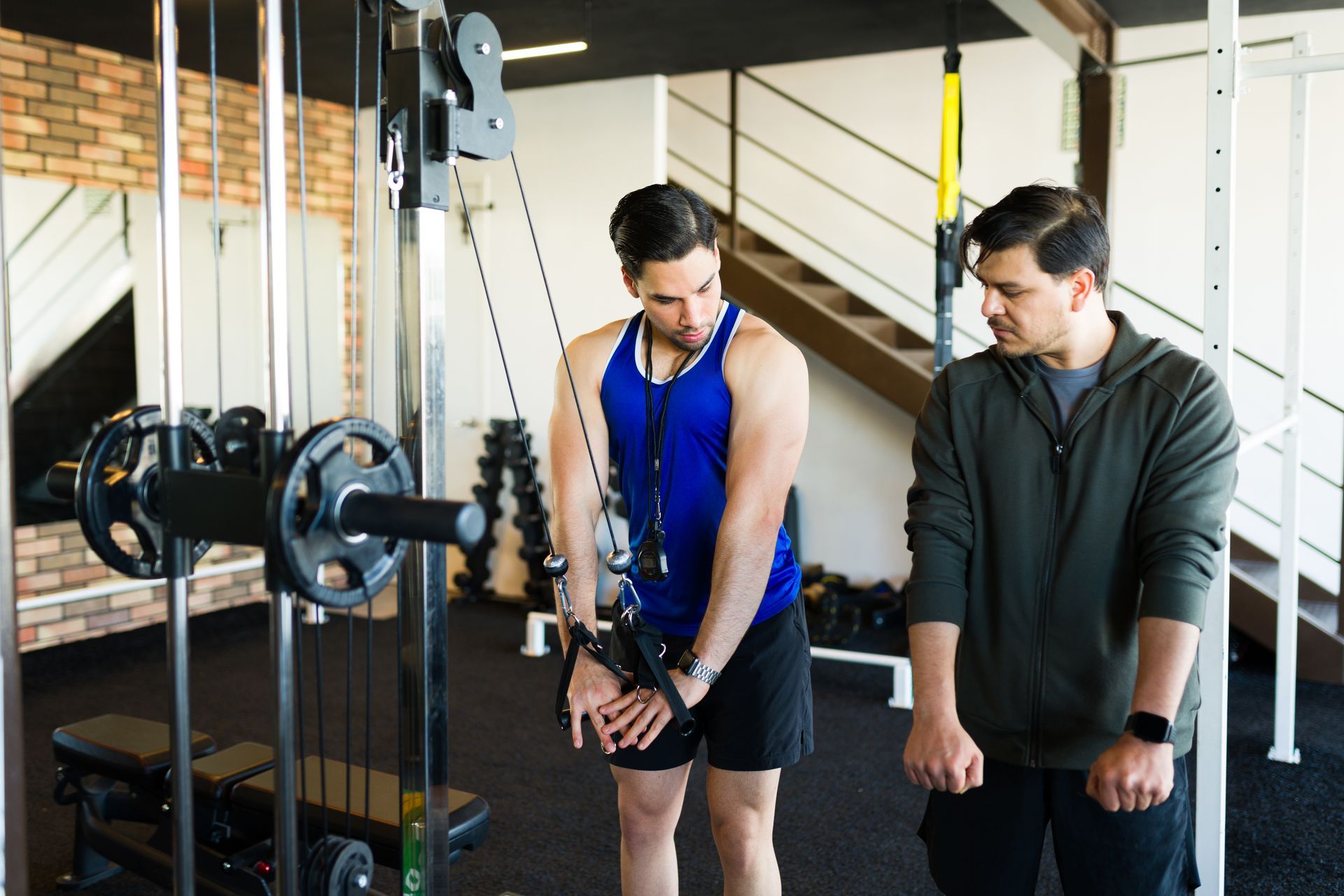June 24, 2021
Muscle building 101 | Part 3 - Types of Muscle Fibers
In the last 2 articles of this muscle-building series, you learned that each workout can be measured by certain parameters (variables), and the ratios of these variables trigger different energy systems and components of the body and its musculature.
In this article, we are going to go in-depth on “muscle fibers”.
What Are Muscle Fibers?

When we look at muscle fibers as an active component of your musculature, we can differentiate between two main muscle fiber types:
- Type 1 - Slow-twitch muscle fibers
- Type 2 - Fast-twitch muscle fibers
Slow-Twitch Muscle Fibers
This type of muscle fiber is the weaker type of tissue, as its power & force production levels are quite low.
Your slow-twitch muscle fibers get activated during activity that is not demanding or in other words, low in intensity.
Though generally weak, the slow-twitch muscle fibers can work for hours on end.
This is the muscle fiber type that was designed for endurance bouts, such as distance running, prolonged rope jumping or any other low-intensity activity that is fairly long in duration.
Fast-Twitch Muscle Fibers
On the other hand, we have the fast-twitch muscle fibers, which are the stronger, more powerful active components of your musculature.
Your fast-twitch muscle fibers get activated during intense activity that demands the production of force/power.
This type of fiber was designed for short, power-burst movements, such as a sprint or any type of resistance/weight training.
The fast-twitch fibers are the most powerful ones and have the highest potential for hypertrophy (growth).
Furthermore, the fast-twitch muscle fibers have 2 more subtypes - Fast-twitch Type 2X & Type 2B.
Type 2X fibers are able to generate the most force and power output but are generally inefficient due to reaching fatigue fairly quickly.
Type 2B fibers on the other hand are a mix of type 1 and type 2x fibers, meaning that they can endure more intense activity for longer.
Training Tips
If you are not a competitive athlete, your best bet would be to stimulate both types of muscle fibers.
Stimulating slow-twitch fiber development is best done by engaging in low-intensity, prolonged cardio activities such as jogging, swimming, rope jumping, etc. Doing this type of work will primarily result in improved endurance and, thus, improved cardiovascular and respiratory efficiency.
Developing your slow-twitch muscle fibers, however, won’t result in significant visual body changes. Developing your fast-twitch muscle fibers is the best way to go if one of your goals is to sculpt an aesthetic body.
This is best done by engaging in high-intensity training activities such as weight training, sprinting, etc. Doing this type of training will primarily result in improved levels of strength, strength endurance, and power output.
Conclusion
Ultimately, if we look beyond the ego that tells us to look better, we can come to one simple conclusion…
Your body is a special, ever-so-capable biological machine of beauty.
For the general population that is not engaged in competitive sports, the best bet is to develop the body all-around. In doing this, you will be able to experience the freedom of movement while also looking good, performing well, being strong, being flexible, and feeling powerful.
In part four of this series, we will discuss the two types of actual muscle growth.
Till then!
“It is a shame for a man to grow old without seeing the beauty and strength of which his body is capable.”
-Socrates





